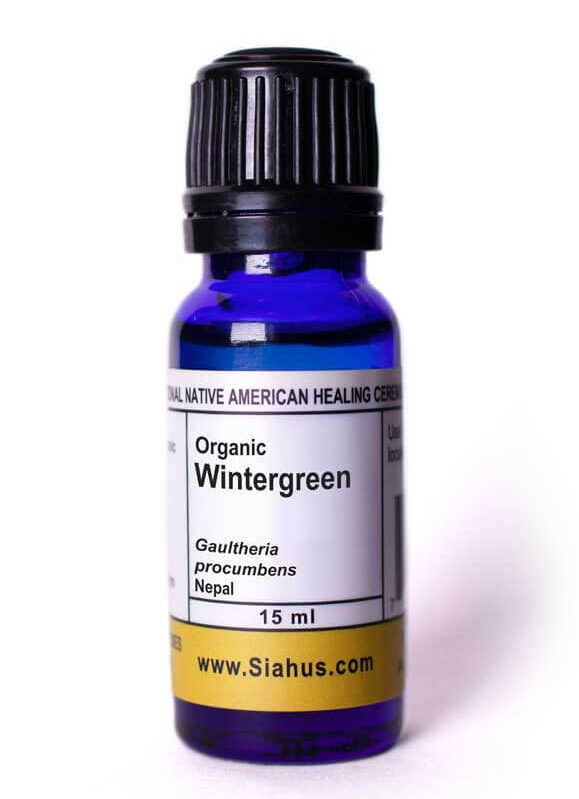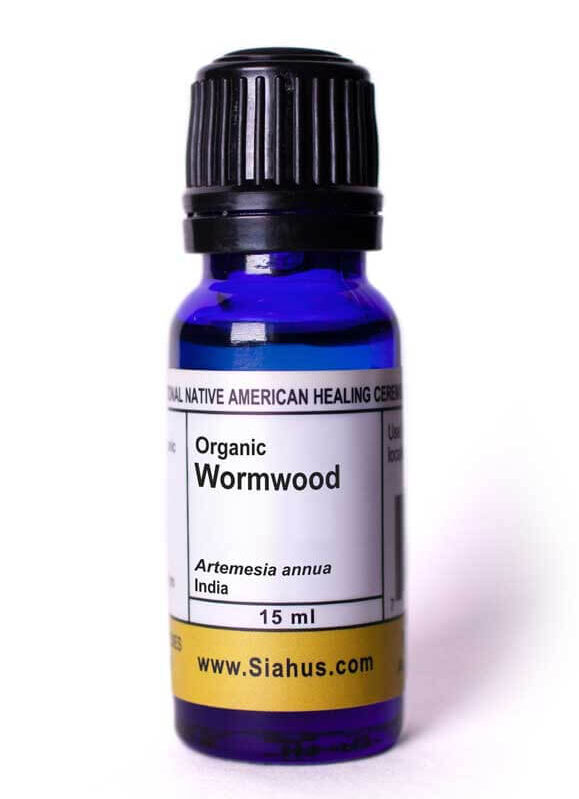-
×
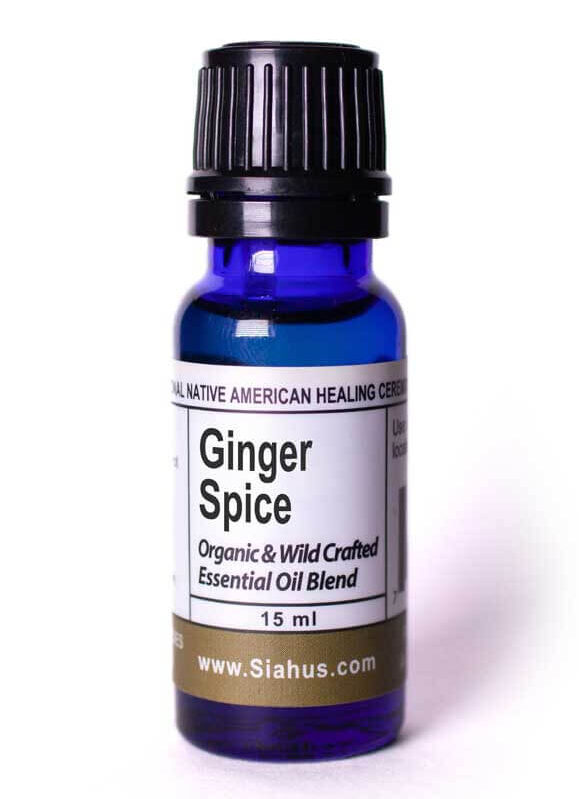
Ginger Spice
$12.00 -
×
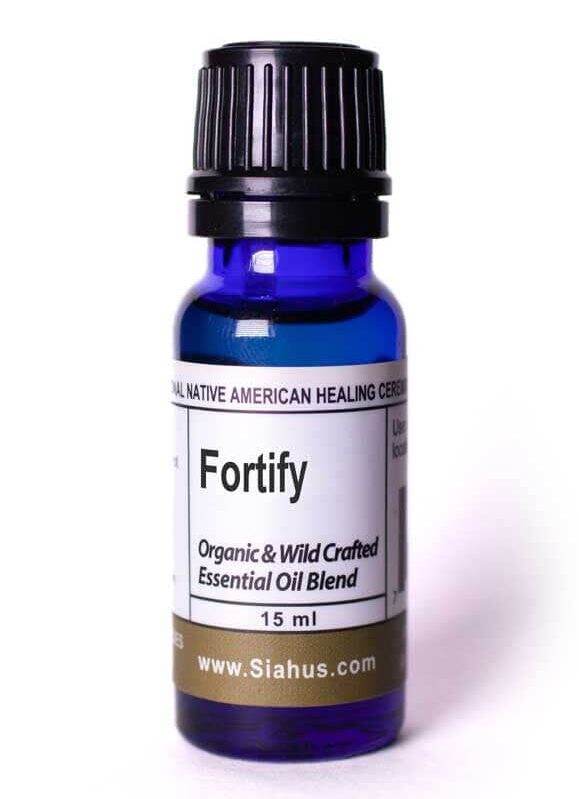
Fortify
$19.00 -
×
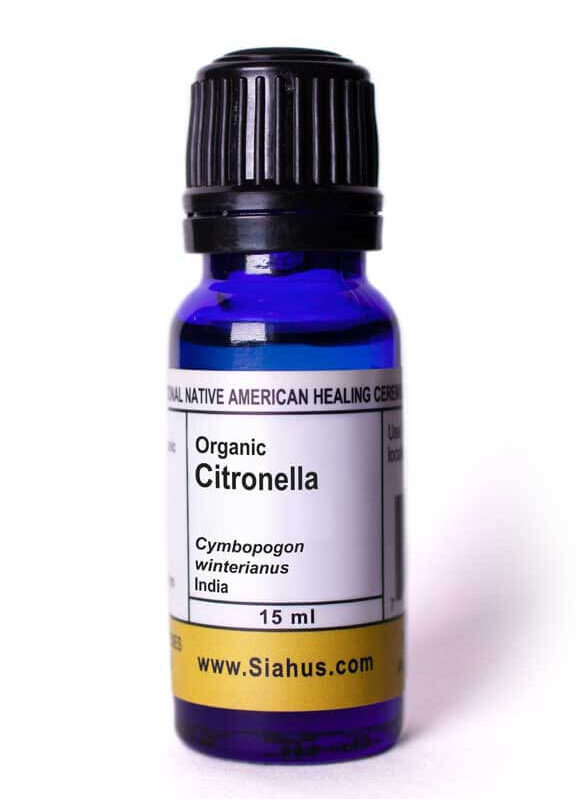
Citronella
$14.00 -
×
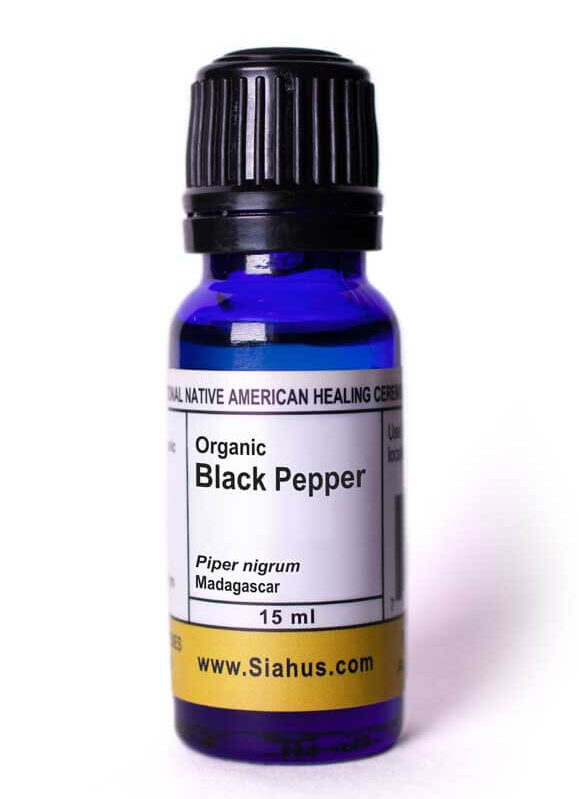
Black Pepper
$30.00 -
×
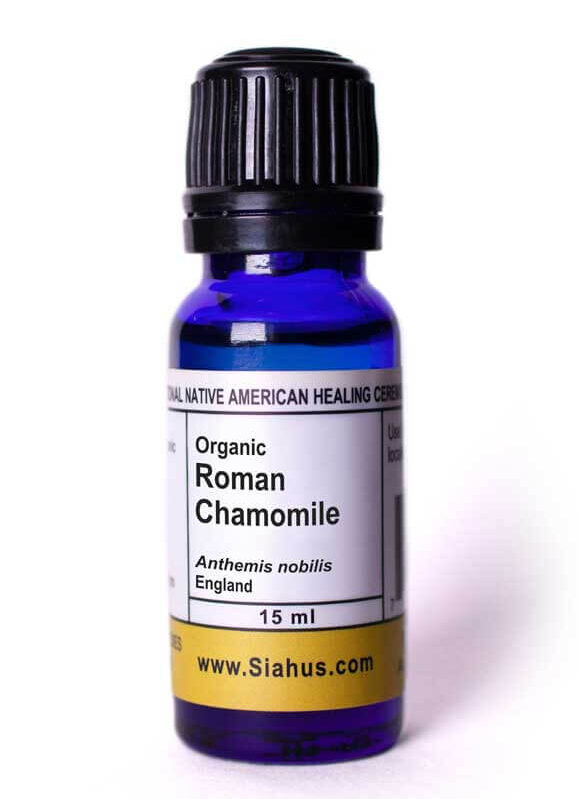
Chamomile, Roman
$75.00 -
×
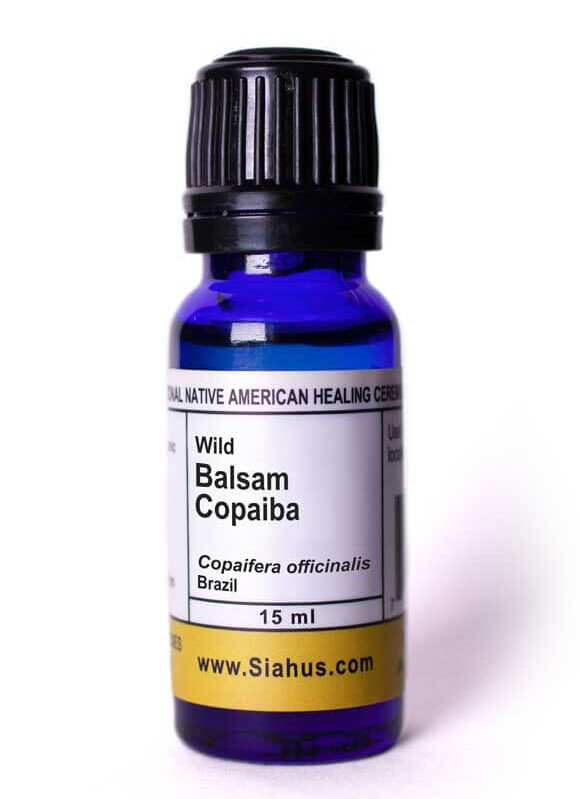
Balsam Copaiba
$25.00 -
×
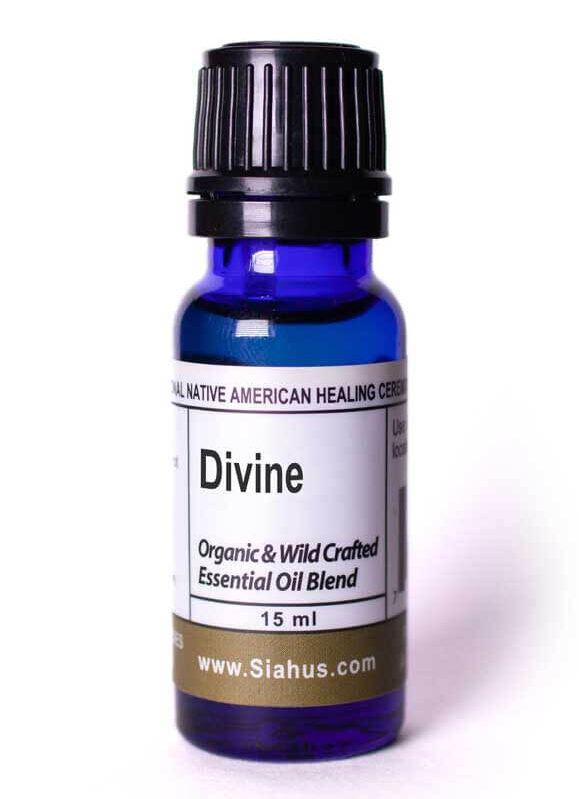
Divine
$18.00 -
×
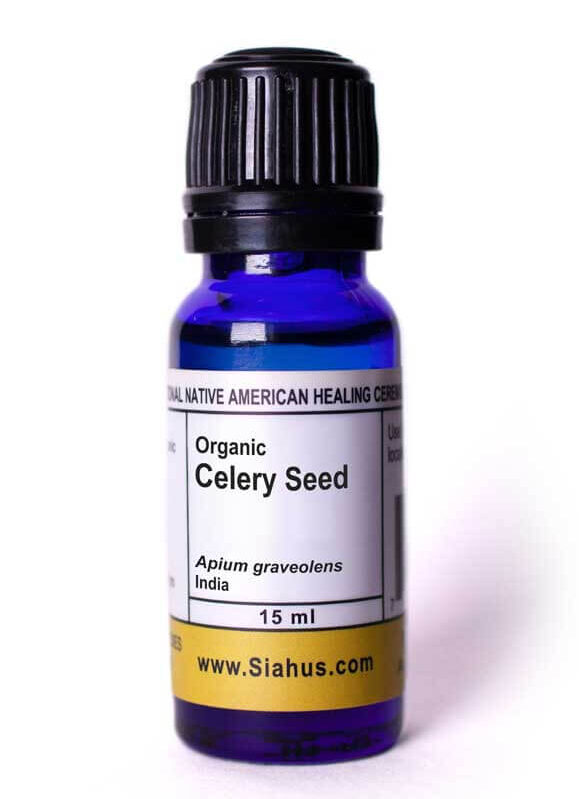
Celery Seed
$16.00 -
×
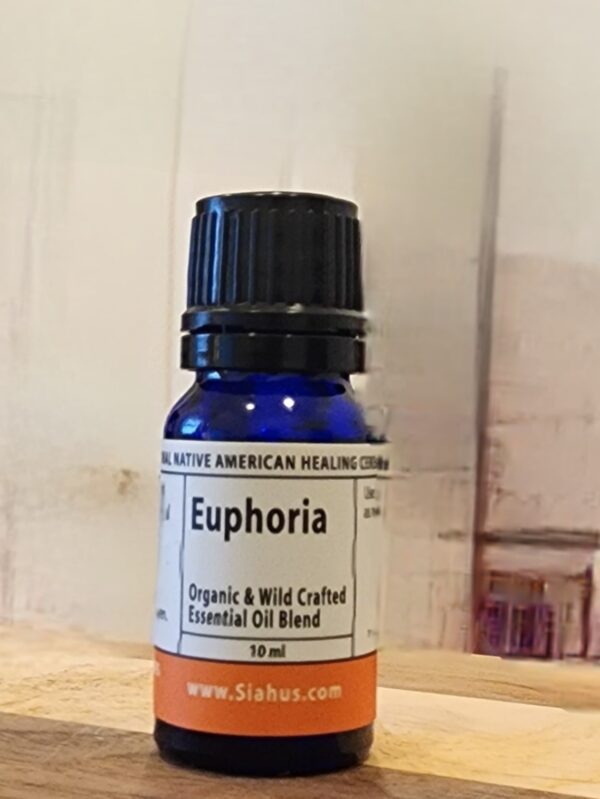
Euphoria
$10.00 -
×
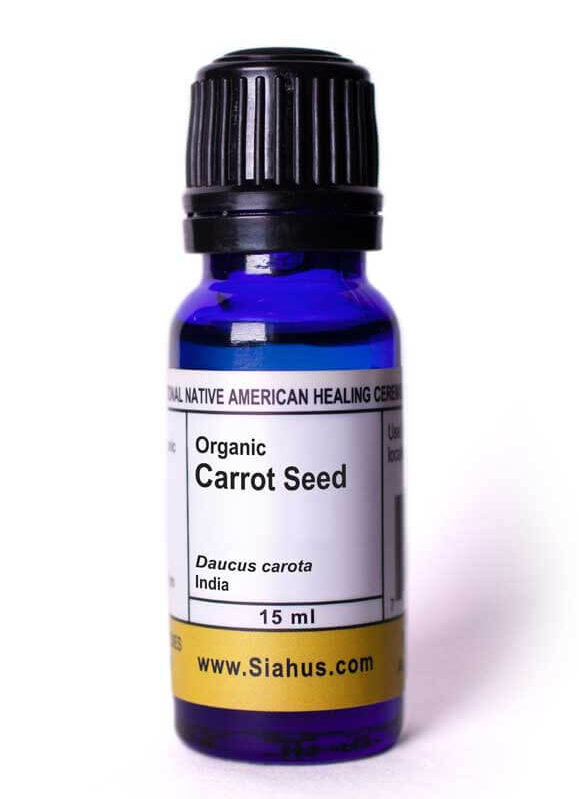
Carrot Seed
$25.00 -
×
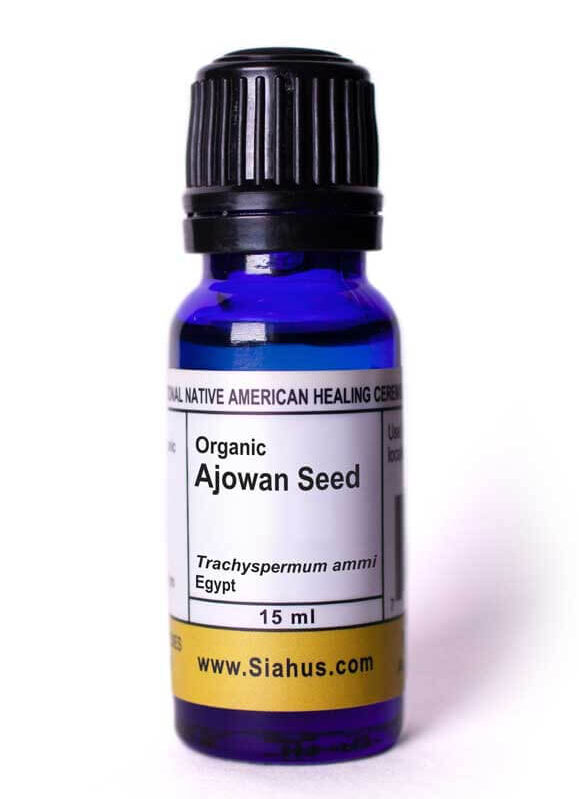
Ajowan Seed
$15.00 -
×

Basil
$16.00 -
×

Cassia
$20.00
Categories: Essential Oil Singles
Wintergreen
$15.00
Man Found Standing Writes:
Wintergreen, Organic: Nepal (Gaultheria procumbens)
Wintergreen and Birch oils are almost identical oils and both contain about 92%, or greater, methylsalecylate. This is a chemical compound that can easily be manufactured so almost wintergreen and birch sold in the market is synthetic. Make sure you are purchasing from a reputable source and the cost reflects a pure oil price.
Wintergreen oil comes in two basic colors, clear and pink. The clear oil has no, or hardly any, flowers where as the pink to red oil was distilled with flowers. Since companies are now starting to add red color chemicals to their wintergreen, purchasing only the red color wintergreen is no longer a standard to ensure pure essential oil.
Even though the FDA has approved this oil as a flavoring, taking this oil internally is not recommended by Natural Practitioners. There are so many safer essential oils that will do just as good, if not better, job in their therapeutic healing action. Taking one drop of Wintergreen or Birch on the tongue is quite safe, extremely powerful, and tastes great but there is still the potential for toxicity in larger amounts. Ten drops of wintergreen oils is considered to be the equivalent to one adult aspirin tablet so swallowing a few bottles of Wintergreen or Birch would be like swallowing an entire bottle of aspirin. Not a good thing practice and it could potentially be deadly.
Primary Usages: External use for its pain relief and anti-inflammatory properties. Very beneficial for assisting in overall body pain, muscle and joint discomfort, arthritis, and the healing of broken bones. We suggest massage therapists us Spruce instead of Wintergreen.
Secondary Usages: Use to treat poor circulation, heart disease, hypertension, cellulite, and edema. The aromatic effects are uplifting and awakening.
Has Been Reported: Good to use as a liver stimulate, but avoid prolong exposure due to potential toxic buildup. Alkalizing to the body and useful in the treatment of gout, ulcers, and psoriasis.
Descriptor: Anti-inflammatory and Analgesic
Application: Rub on area. Diffuse in small amounts.
Caution: This is a hot oil, poisonous if taken in large amounts, and will also sting an open wound. Limit usage.
Found In: True Blue, Sports Pro
Influences: It is uplifting, awakening, elevating and opening. Useful for increasing awareness in the sensory system.
Medicine Wheel: Primary South and Secondary North.
Blends Well With: Birch, Eucalyptus, Helichrysum, Peppermint, Rosemary
Country of Origin: Nepal, Organic
Botanical Name: Gaultheria procumbens
Plant Part: Leaf and Plant
Note: Mint, Candy Like, Uplifting
Color: Blue
Material: Glass
Pattern: Solid
Size: 15ml
$15.00
Categories: Essential Oil Singles
Wormwood - Artemesia
$25.00
Man Found Standing Writes:
Wormwood, Organic: India (Artemisia annua)
Wormwood is also known as Artemesia, Sweet Annie, or Sweet Wormwood. It was first cultivated in China but the plant now has been naturalized throughout the world. Artemesia has a highly camphor-like fragrance and is used as a flavoring in the food and drink industry. In the United States, the plant is mostly sold on a very limited scale as a dried herb for the floral or craft trade.
With all the wonderful properties Artemesia contains, this essential oil has not gained the notoriety it deserves in the Alternative Health Industry: maybe due to a higher cost of this essential oil. Traditionally, Artemesia herb has been used as a medicine with written referenced dating back over two thousand years. Both the herb and the essential oil are considered quite safe under normal to more extreme usage.
When using this oil for detoxifying or killing parasites you may experience rapid results. Often, this will lead to a healing reaction as the body is eliminates toxins. It is highly suggested that anyone using this oil, start with a small amount in conjunction with immune building and detoxifying herbs or essential oils. (For the immune system, use the Defense supplement or Frankincense essential oil. For detoxifying put one drop of Lemon oil in water and drink five or more times a day.)
Primary Usages: Respiratory System (decongestant, mucolytic, treating catarrh, infections), general health tonic, highly effective against parasites, anti-malaria and good to treat other protozoal infections. New research has shown impressive results when using this oil to treat cancer and even more effective results against leukemia.
Secondary Usages: Treating fevers, digestive system (discomforts, loss of appetite, moderate stomach distress), headaches, liver support (aids in the secretion of bile, beneficial for jaundice), as a general antibiotic.
Has Been Reported: Good source of antioxidants, aids with uterine issues and an overall womb tonic, menstrual problems, inflammation, skin diseases, epilepsy, dizziness, headache, analgesic (joint pain),nosebleeds, promotes tissue healing, and acts as an insect repellant.
Descriptor: Anti Parasitic, Decongestant, Antispasmodic, Anti-Microbial
Application: Lungs: rub on the chest and back. Tonic: a few drops on the bottom of each foot. To treat digestive complaints, parasites, or cancers put a few drops in water and drink. If you are taking more than 15 drops in water a day, you will also want to be taking a high quality probiotic.
Caution: Avoid use during pregnancy since the oil is highly anti-parasitic and also a womb tonic.
Influences: Uplifting and Awakening
Medicine Wheel: Primary North and Secondary East. Strengthens the Lung Qi.
Blends Well With: Cedarwood, Clary Sage, Lavender, Patchouli, Pine, Rosemary, Sage
Country of Origin: India, Organic
Botanical Name: Artemisia annua
Plant Part: Leaves and Flowering Tops
Note: Sweet and Complex, with Faucets of Anise and Licorice
Color: Blue
Material: Glass
Pattern: Solid
Size: 15ml
$25.00
Categories: Essential Oil Singles
Yarrow, Blue
$60.00
Country of origin: Bulgaria
Botanical name: Achillea millefolium
Plant Part: Flowers
Note: Herbaceous floral character, sweet butter qualities
Color: Blue
Material: Glass
Pattern: Solid
Size: 15ml
$60.00
Categories: Essential Oil Singles
Ylang Ylang Complete
$23.00
Man Found Standing Writes:
Ylang Ylang Complete, Organic: Madagascar (Cananga odorata)
Ylang Ylang is one of the unique oils that is distilled for a much longer period of time. There are five different grades of Ylang Ylang which are broken down by the time of distillation. Each distiller may grade them a little differently according to time but generally they are as follows:
· Ylang Ylang Extra – All oil collected during the first one to two hours maximum of distillation. It contains higher percentages of Esters, Alcohols, and Secondary Metabolites and lower amounts of Sesquiterpene Hydrocarbons. The Extra is considered to be the highest quality for its fragrance and therapeutic diversity.
· Ylang Ylang I – All oil collected between hours two and five. In our opinion the all the plant material that is distilling longer has less of the therapeutic complex chemistry and Creator’s Life Energy found in the earlier distillation. Chemically in this extraction the Sesquiterpene Hydrocarbons increase by over thirty percent.
· Ylang Ylang II – All oil collected during hours five and ten. The percentage of Sesquiterpene Hydrocarbons continues to rise and the Esters are reduced by almost fifty percent. There are even greater losses of the two chemical groups of Alcohols and Secondary Metabolites.
· Ylang Ylang III – After Grade II is extracted the plant material is removed and allowed to rest for a minimum of twenty-four hours. (This new method actually increased the yield of Ylang Ylang III by another seven to eight percent but is not practiced by everyone.) After the rest period the plants are put back in and distilled for another six to eight hours. The percentage of Sesquiterpene Hydrocarbons has increased to over sixty-five percent and the Alcohols are about one half of one percent and the Secondary Metabolites about one and a half percent.
· Ylang Ylang Complete – This is the entire distillation of all oil collected during the entire distillation process.
Primary Usages: Assists the nervous system and emotions (anxiety, anger, balancing, fatigue, depression, insomnia, tension, stress, shock, PMS, fear), used as anaphrodisiac (frigidity, impotence, low libido), assists with skin conditions (oily, acne, blemishes, regenerates cells, wrinkles),and stimulates hair growth.
Secondary Usages: Circulatory System (high and low blood pressure, palpitations, cardiac arrhythmia),aids wound healing(cuts, abrasions, burns, septic bacterial infections), assists diabetes, shortness of breath, and may be used to control epilepsy if inhaled prior to a seizure.
Has Been Reported: Balances male and female energies to enhancing relationships.
Descriptor: Antidepressant, Sedative, Antiseptic, Aphrodisiac, Circulatory Support, Nervine
Application: One of our favorite oils to wear as a perfume. Apply topically or diffuse. Add a few drops to the bath water to promote relaxation and balance.
Caution: No special cautions.
Found In: Circulate, DNA Release, Divine, Prosperity, Mountain Retreat, Peaceful, Balance
Influences: A very flowery scent that is relaxing and calming. Assists to restore balance to the body, mind, and spirit. Opens the heart charka.
Medicine Wheel: A Primary Center and Secondary North and West.
Blends Well With: Balsam of Peru, Bergamot, Cassia, Cedarwood, Frankincense, Grapefruit, Jasmine, Lavender, Orange, Patchouli, Rose, Rosewood, Sandalwood, Vetiver
Country of Origin: Madagascar, Organic
Botanical Name: Cananga odorata
Plant Part: Flower Blossoms
Note: Powerful, Extremely Sweet, Spicy, Bold, Tropical
Color: Blue
Material: Glass
Pattern: Solid
Size: 15ml
$23.00
Categories: Essential Oil Singles
Ylang Ylang Extra
$28.00
Man Found Standing Writes:
Ylang Ylang Extra, Organic: Madagascar (Cananga odorata genuina)
Ylang Ylang is one of the unique oils that is distilled for a much longer period of time. There are five different grades of Ylang Ylang which are broken down by the time of distillation. Each distiller may grade them a little differently according to time but generally they are as follows:
· Ylang Ylang Extra – All oil collected during the first one to two hours maximum of distillation. It contains higher percentages of Esters, Alcohols, and Secondary Metabolites and lower amounts of Sesquiterpene Hydrocarbons. The Extra is considered to be the highest quality for its fragrance and therapeutic diversity.
· Ylang Ylang I – All oil collected between hours two and five. In our opinion the all the plant material that is distilling longer has less of the therapeutic complex chemistry and Creator’s Life Energy found in the earlier distillation. Chemically in this extraction the Sesquiterpene Hydrocarbons increase by over thirty percent.
· Ylang Ylang II – All oil collected during hours five and ten. The percentage of Sesquiterpene Hydrocarbons continues to rise and the Esters are reduced by almost fifty percent. There are even greater losses of the two chemical groups of Alcohols and Secondary Metabolites.
· Ylang Ylang III – After Grade II is extracted the plant material is removed and allowed to rest for a minimum of twenty-four hours. (This new method actually increased the yield of Ylang Ylang III by another seven to eight percent but is not practiced by everyone.) After the rest period the plants are put back in and distilled for another six to eight hours. The percentage of Sesquiterpene Hydrocarbons has increased to over sixty-five percent and the Alcohols are about one half of one percent and the Secondary Metabolites about one and a half percent.
· Ylang Ylang Complete – This is the entire distillation of all oil collected during the entire distillation process.
Primary Usages: Assists the nervous system and emotions (anxiety, anger, balancing, fatigue, depression, insomnia, tension, stress, shock, PMS, fear), used as anaphrodisiac (frigidity, impotence, low libido), assists with skin conditions (oily, acne, blemishes, regenerates cells, wrinkles),and stimulates hair growth.
Secondary Usages: Circulatory System (high and low blood pressure, palpitations, cardiac arrhythmia),aids wound healing(cuts, abrasions, burns, septic bacterial infections), assists diabetes, shortness of breath, and may be used to control epilepsy if inhaled prior to a seizure.
Has Been Reported: Balances male and female energies to enhancing relationships.
Descriptor: Antidepressant, Sedative, Antiseptic, Aphrodisiac, Circulatory Support, Nervine
Application: One of our favorite oils to wear as a perfume. Apply topically or diffuse. Add a few drops to the bath water to promote relaxation and balance.
Caution: No special cautions.
Found In: Circulate, DNA Release, Divine, Prosperity, Mountain Retreat, Peaceful, Balance
Influences: A very flowery scent that is relaxing and calming. Assists to restore balance to the body, mind, and spirit. Opens the heart charka.
Medicine Wheel: A Primary Center and Secondary North and West.
Blends Well With: Balsam of Peru, Bergamot, Cassia, Cedarwood, Frankincense, Grapefruit, Jasmine, Lavender, Orange, Patchouli, Rose, Rosewood, Sandalwood, Vetiver
Country of Origin: Madagascar, Organic
Botanical Name: Cananga odorata genuina
Plant Part: Flower
Note: Flowery, Sweet, Calming
Color: Blue
Material: Glass
Pattern: Solid
Size: 15ml
$28.00

